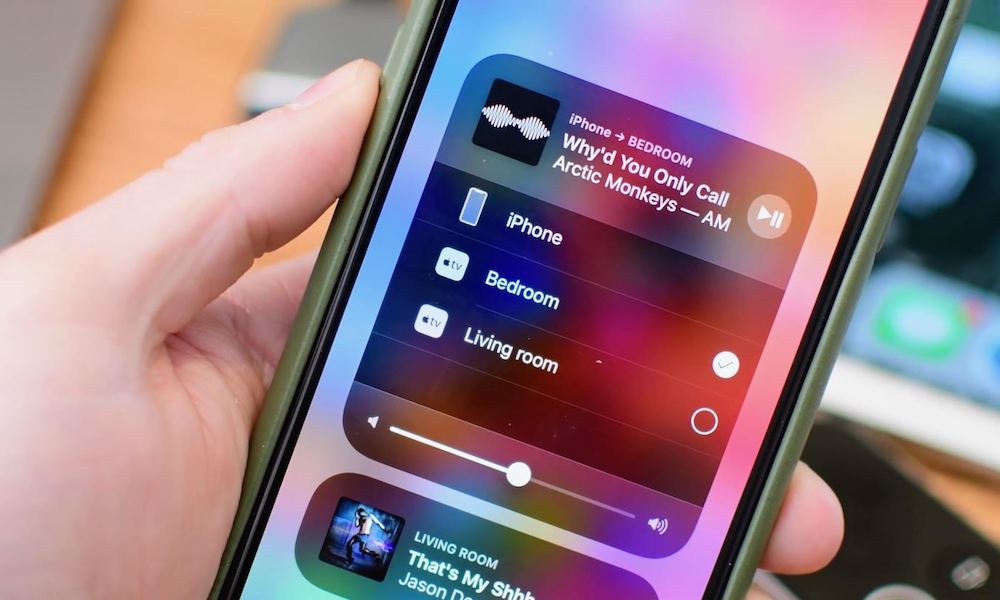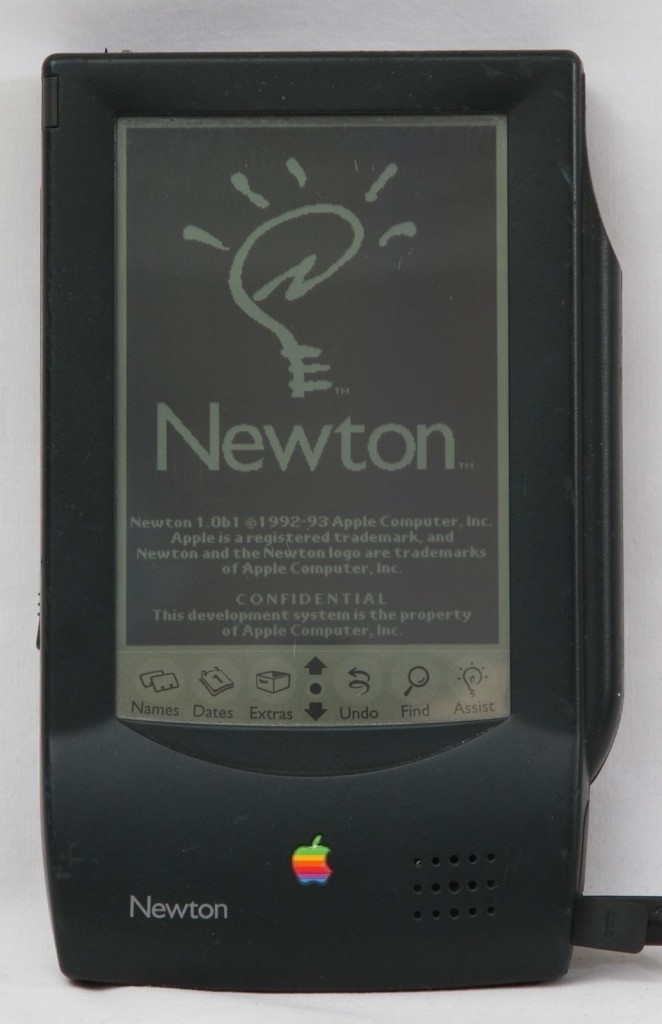

Send wired or wirelessly: AirPlay works both wirelessly and wired using USB. Mirror or extend the display: When sending content from your iPhone or iPad to your Mac, you can choose to mirror your iPhone or iPad or extend its display by using a Mac as a secondary display for apps that support it, such as Keynote and Photos. Use as AirPlay 2 speaker: The Mac can function as a third-party AirPlay 2 speaker, allowing you to play music or podcasts to your Mac or use it as a secondary speaker for multiroom audio. Your Mac works with any Apple device, and it’s even easier to connect if the devices share the same Apple ID. View videos, edit Keynote presentations and hear music on your Mac as it’s being played from your other device. Here are the models that can use this functionality:Īpple says older iPhone, iPad, and Mac models may share content at a lower resolution to support Mac models when “Allow AirPlay for” is set to “Everyone” or “Anyone on the same network” in Sharing preferences.Ĭheck below everything new with AirPlay to Mac on macOS Monterey:ĪirPlay content to your Mac: Use AirPlay to send content to your Mac from an iPhone, iPad, or even another Mac. Fortunately, this is not the case, although there are some requirements to AirPlay to the Mac. Finally, with macOS Monterey, it’s now possible to stream content directly to the Mac, which means users can make their iPhones play a song on the MacBook, a video, or share their screens.Īs already covered by 9to5Mac, some of the features on macOS Monterey are exclusive to the M1 Macs. One of the best Apple features is the ability to AirPlay content from the iPhone to the Apple TV, Smart TVs, and even enabled speakers. One of the top features of Monterey is the ability to AirPlay to Mac. The new Mac operating system will bring a refined experience from its predecessor macOS Big Sur. During playback Airflow will transparently extract the text from picture subtitles and render it on target device just like it would with regular text subtitles.MacOS 12 Monterey was previewed during the WWDC21 keynote. It massively increases CPU load (think fan noise and heat) and it's completely infeasible to do for 4K videos.Įnter our new realtime subtitle text recognition (OCR). This means that the only way to render them when streaming is to burn them in the video.

Some subtitles (DVD, Vobsub, Bluray) are stored as pictures. Integrated search is a cherry on top.with real time text recognition

All widely used subtitle formats are supported, now including vobsub. Embedded or external, for our playback pipeline it's all the same. That involves reading the entire file upfront! Crazy, right? Airflow needs no such crude tricks. It's a bit of a secret that pretty much every other streaming software needs to extract embedded subtitle tracks before playing the video. For both embedded and external subtitles.


 0 kommentar(er)
0 kommentar(er)
